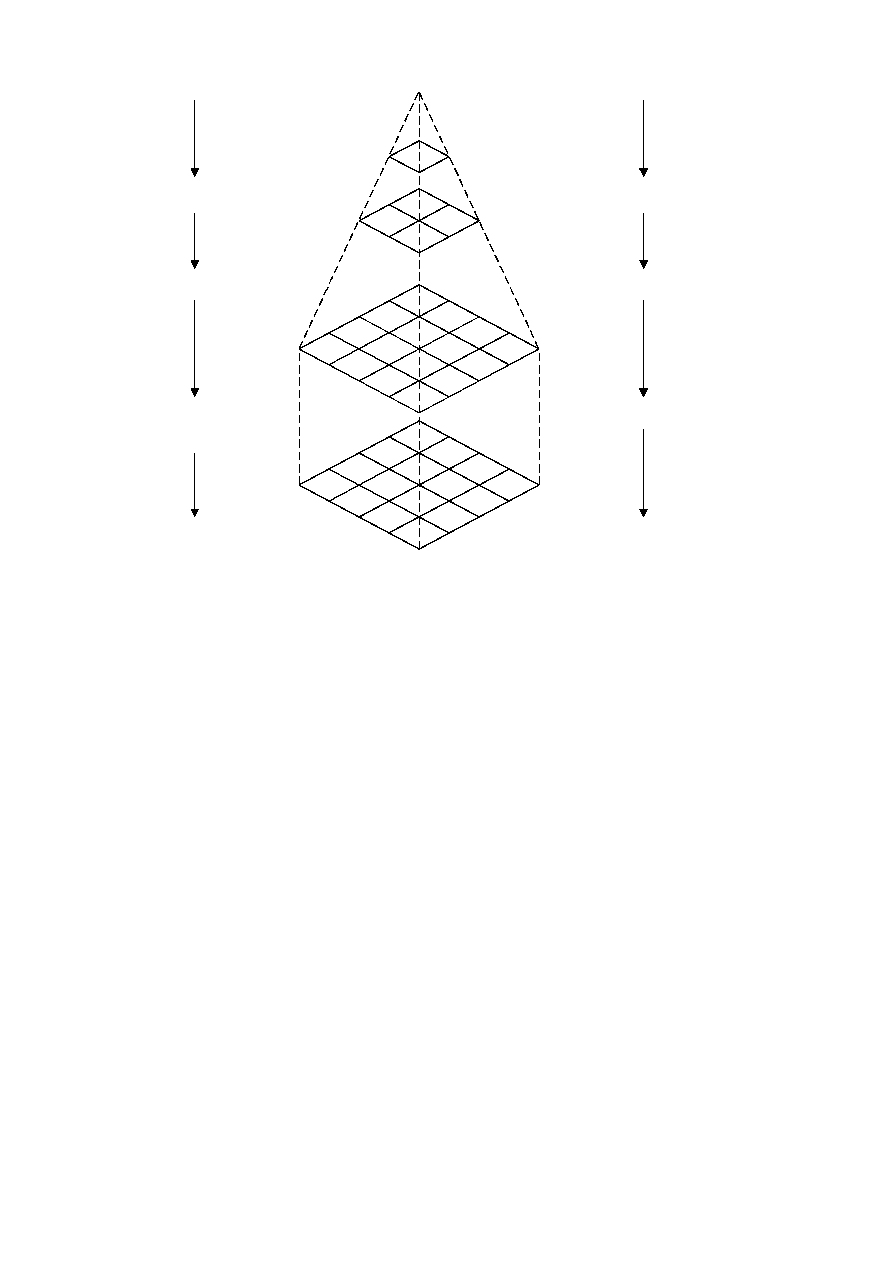
quality for a given bit rate than the early stages of non-hierarchical progressive coding of the DCT coefficients. However,
at the point where the distortion between source and output becomes indistinguishable, the coding efficiency achieved
with a DCT hierarchical progression is typically significantly lower than the coding efficiency achieved with a non-
hierarchical progressive coding of the DCT coefficients.
can be used. When this final stage is used, the output can be almost lossless, limited only by the difference between the
encoder and decoder IDCT implementations. Since IDCT implementations can differ significantly, truly lossless coding
after a DCT hierarchical progression cannot be guaranteed. An important alternative, therefore, is to use the input point
transform of the final lossless differential coding stage to reduce the precision of the differential input. This allows a
bounding of the difference between source and output at a significantly lower cost in coded bits than coding of the full
precision spatial difference would require.
with point transformed input is used as a first stage. This first stage is followed by one or more spatial differential coding
stages. The first stage should be nearly lossless, such that the low order bits which are truncated by the point transform are
essentially random otherwise the compression efficiency will be degraded relative to non-progressive lossless coding.